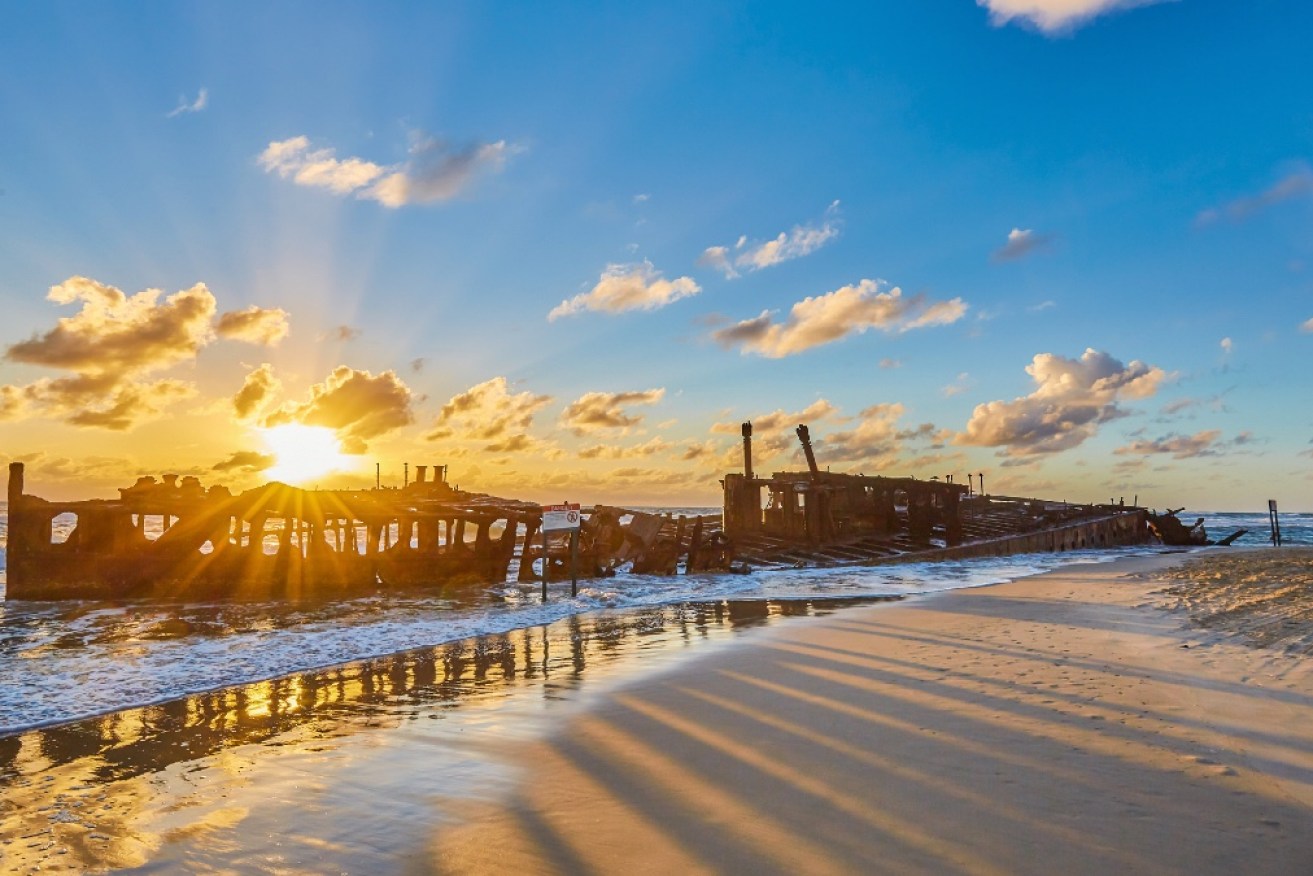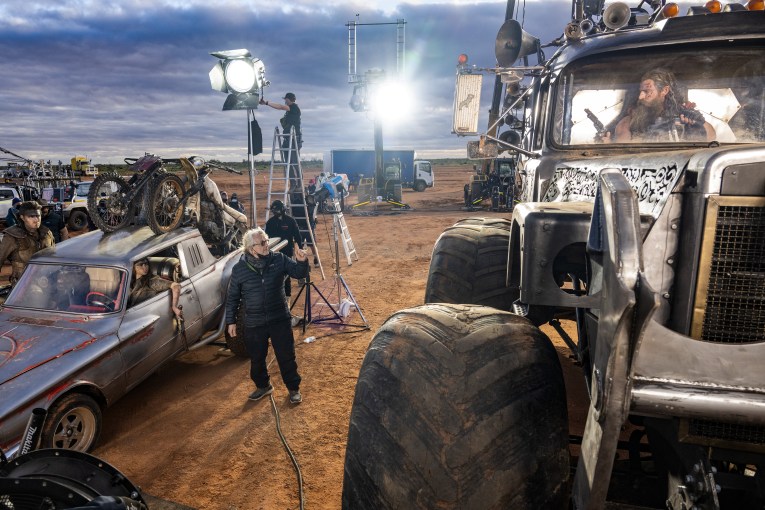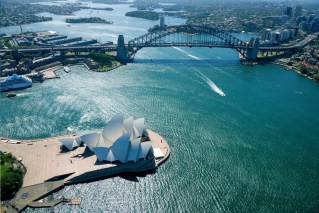How to make the most of Fraser Island and its spectacular beach driving


A Fraser Island shipwreck at sunset. Photo: Getty
With pristine stretches of sand and a wealth of natural beauty, Fraser Island is one of the country’s top tourist destinations.
Its unique landscape of dunes, lakes and rainforest has made it a popular eco-tourism site, drawing thousands of visitors every year.
The tourist mecca is in the final stages of reverting to its traditional name, K’gari. Pronounced “Gurri”, the name is already used for the island’s world heritage area, the change made in 2021 after a long campaign by the local Butchulla people.
Over time, the name Fraser Island is likely to disappear, with the picturesque location expected to eventually be exclusively known as K’gari, with the change reflected in all maps and signage.
What is unlikely to change is the island’s unique attraction for eco-tourists and adventurers.
The New Daily had the opportunity to explore K’gari’s wondrous creations, from the breathtaking Seventy-Five Mile Beach, to the calm waters of Boorangoora, commonly known as Lake McKenzie.
K’gari is also the largest sand island in the world, providing many opportunities for off-roading adventures.
Seventy-Five Mile Beach is one of its main attractions, but it’s anything but a typical beach. It actually doubles as one of K’gari’s main thoroughfares, with the speed limit on the silky soft sand set at 80km/h.
But don’t be mistaken – K’gari is not all smooth sailing. Or driving, if you will.
Tucked behind the sand dunes is a web of windy, bumpy roads that require a heavy-duty vehicle that can handle the tough terrain.
We travelled K’gari in a Mazda BT-50 with some help and guidance from Australian supercar driver Karl Reindler.
Here are six tips to help you on your journey across K’gari – or any beach with car access.

While it wasn’t necessarily swimming weather, the firm sand made for easy driving for our convoy. Photo: Mazda Australia
Watch the weather
Before heading out on an adventure, be sure to check the weather forecast.
It wasn’t exactly warm and sunny weather for our K’gari outing, with consistent drizzle throughout the day.
But this worked to our advantage. The rain made the sand and soil a little firmer, meaning fewer opportunities to get stuck.
You’ll also definitely want to check on the latest tidal information.
Seventy-Five Mile Beach has several spots of tougher terrain, including ‘coffee rock’, which are rock-like formations of hardened sand.
But driving around them means heading out closer to the water.
If the tide comes in before you turn around, you may have no choice but to go over tougher terrain – as the only alternative will be dunking your 4WD in the corrosive salt water.
So, plan wisely!

The coffee rock, while beautiful, can make for a bumpy ride. Photo: Getty
Get comfortable
At 120 kilometres long and 25 kilometres wide, Fraser is anything but a small island.
Seventy-Five Mile Beach has an 80km/h speed limit in most places. On the bumpy inroads, that falls to 30km/h, meaning a long day of driving is likely.
We were in the car for six hours. So before setting off, you’ll want to get comfortable.
Experts advise positioning the driver’s seat higher than usual, offering a better vantage point for spotting any looming obstacles.
But be careful to avoid setting it too high – otherwise you might whack your head on the 4WD ceiling when going over bumps.
Another pro tip – drivers and passengers should wedge themselves firmly in their seats using the sides of their legs, pushing outwards against the centre console and the car door.
This way, you’ll be far more secure when going over bumps.

Seventy-Five Mile Beach is a major thoroughfare as well as the gateway to off-roading adventures. Photo: Getty
Utilise your car settings
Just before entering off-roading territory, stop for a moment and set your vehicle to 4WD mode, if it has the option. This will give you greater traction for the great outdoors.
Next, you’ll want to turn off traction control. The symbol on the dashboard button for that typically looks like a car with squiggly road lines.
In most vehicles, it’s turned off by holding the button down until a symbol lights up on the dashboard display.
This allows greater control of the car in off-road situations. Instead of the vehicle trying to auto-correct your steering, the driver will be able to easily follow their desired path on softer terrain.
Finally, experts advise turning off parking sensors. Not only is the constant beeping annoying when you’re going over rugged terrain, but sometimes they can reset vehicle settings if settings make it appear the occupants are in danger.

Before you hit the sand, deflate your tyres to the recommended PSI. Photo: Mazda Australia
Go with the flow
While it might seem like a daunting task, beach driving is actually fairly straightforward.
As they say, the best path is the one most followed.
The best way to drive along the beach is to follow the tracks of the vehicle in front of you, or to find another clear path along the beach.
If the driver keeps a relaxed grip on the steering wheel, the vehicle will do the hard work, following along in the path of your choosing.
Try to stay relaxed and follow along. If you start spinning the wheel, your car will start trying to dig you out of the tracks.

Beach driving is a lot simpler than it may appear. Photo: Mazda Australia
Be wary of obstacles
One thing to be wary of on soft sand is that there is a lot less control in braking.
Compared to on a typical asphalt road, stopping distances on the beach are generally more unpredictable.
To be safe – especially at 80km/h – experts advise leaving about four car spaces from the vehicle in front.
The beach isn’t entirely obstacle free, either. There are plenty of washouts, water crossings and coffee rock, for which drivers need to brake well in advance.
There is also foot traffic to keep an eye out for. Fishermen and tourists are other common beach users, particularly near the S.S. Maheno shipwreck.
So don’t forget to keep an eye out for pedestrians, as you would on a normal road.

The S.S. Maheno shipwreck on Seventy-Five Mile Beach is one of many spectacular landmarks found on K’gari. Photo: TND
Be respectful
It’s not only tourists strutting the shores of K’gari. Our convoy was lucky enough to spot a pack of dingoes.
When passing wildlife, make sure you slow down.
And while you might want to catch a photo, dingoes are predators after all, so don’t get out of your car – no matter how cute you think they are.
So if you’re heading on a beach driving adventure, enjoy – and make sure you’re doing what you can to ensure the safety of animals, and your own safety, too.

Our convoy spotted a pack of dingoes on Seventy-Five Mile Beach. Photo: Mazda Australia
Disclaimer: The New Daily visited K’gari courtesy of Mazda Australia








